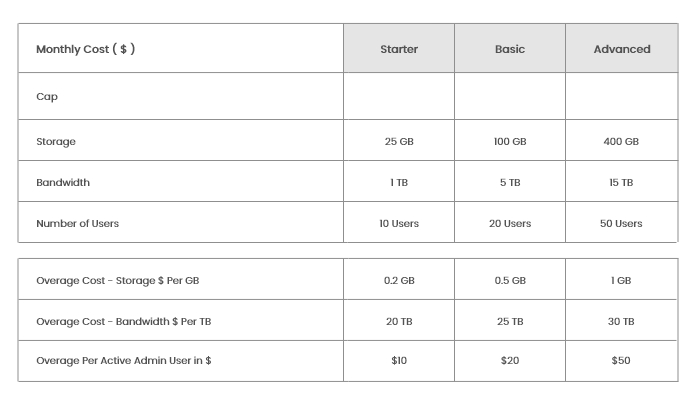



Core Web Vitals in SEO: Prepare Your Website for Google's Algorithm
Google's emphasis on Core Web Vitals is one such big improvement. These metrics assess user experience...
Staying up to speed with the newest algorithm modifications is critical for maintaining and boosting your website's ranks in the ever-changing field of search engine optimization (SEO). Google's emphasis on Core Web Vitals is one such big improvement. These metrics assess user experience and try to improve website performance overall. This blog article will look at the influence of Core Web Vitals on SEO and how you can prepare your website for this algorithm upgrade.
Understanding Core Web Vitals
Core Web Vitals are three critical metrics that evaluate various elements of user experience: Largest Contentful Paint (LCP), First Input Delay (FID), and Cumulative Layout Shift (CLS). LCP checks the time it takes for the primary content to load, FID evaluates interactivity, and CLS tests visual stability.
Improved User Experience
Google's algorithm upgrade favors websites that offer a good user experience. Websites that load quickly, respond swiftly to user inputs and have a consistent aesthetic appearance are more likely to rank better. Improving your website's Basic Web Vitals may lead to lower bounce rates, more time spent on the site, and, eventually, more conversions.
Preparing Your Website
- Evaluate Existing Performance: To begin, use Google's PageSpeed Insights or other performance testing tools to assess your website's current Core Web Vitals scores. Detect problem areas, such as slow-loading parts or unexpected layout adjustments.
- Improve Page Speed: Page load times have a significant impact on LCP. Consider optimizing pictures, using browser cache, and minifying CSS and JavaScript files to improve this score. Large file compression and lazy loading for photos can help enhance loading performance.
- Increase Interactivity: FID measures the time between a user's interaction and the response of the website. Optimize your code, remove superfluous third-party scripts, and prioritize key rendering pathways to decrease FID. Interactivity can also be improved by asynchronous loading and code separation.
- Stabilize Visual Elements: CLS focuses on a website's visual stability. Prevent abrupt layout changes by specifying dimensions for media assets, using a suitable picture and video loading mechanisms, and avoiding invasive pop-ups or advertisements that disturb the user experience.
- Monitor and Iterate: After adopting improvements, frequently monitor the performance of your website's Core Web Vitals. To achieve best outcomes, test and fine-tune your optimizations on a regular basis. Note that Core Web Vitals are dynamic metrics that require constant updating to stay current.
Conclusion
As Google's emphasis on Core Web Vitals grows, boosting your website's performance has become critical for SEO success. You may improve the user experience and raise your website's rankings by concentrating on enhancing loading speed, interaction, and visual stability. Be proactive by routinely monitoring your Core Web Vitals and adapting your approach as needed. Prepare your website for the next algorithm upgrade now to obtain an advantage in the realm of SEO.
Hocalwire CMS includes a carefully curated collection of automatically updated settings to keep up with the Google Update cycle for its search engine. As a service to our clients, we include mobile SEO implementation in our standard packages. Schedule a Demo today to learn how Hocalwire can help you transform your current codebase into a beautiful mobile experience.

